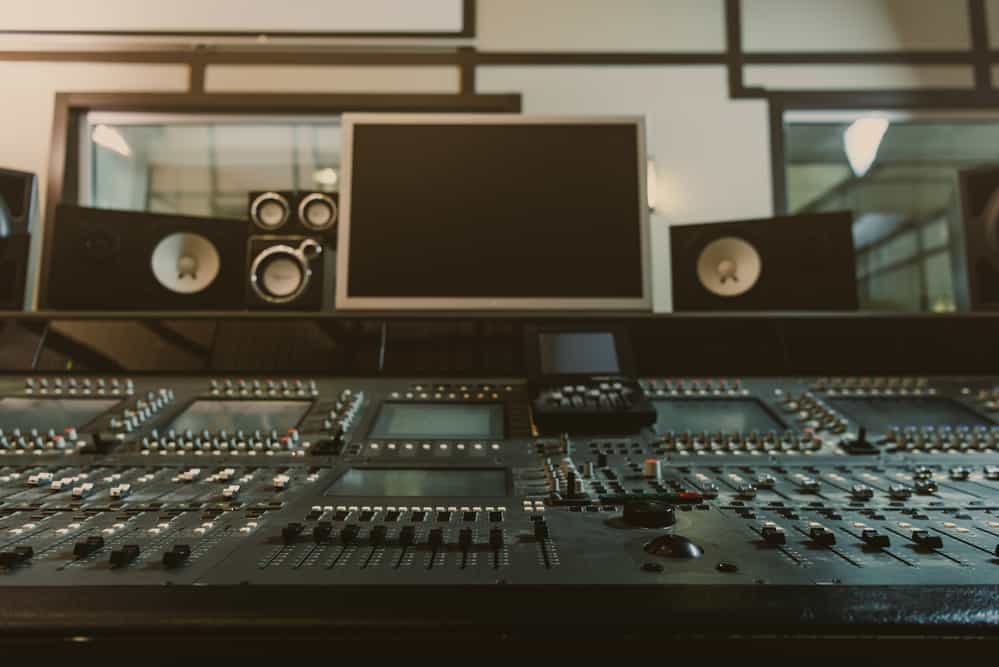Recording Drums In Church
Are you trying to record your drums in a small spaced studio? Even after acquiring all the right and high-end drum equipment along with the best recording software, are you not able to produce the best sound? Well, this is because a small spaced room is not the best option for recording drums. Let me tell you why.
To record the best sound of your drums, you require quality diffused reflections. And small-spaced project-studio rooms cannot provide this. The reason being the ceiling is too low, you do not get the right height to achieve the ideal diffuse reflections, and you end up having a dead-sounding space. And no matter how hard you try to place the overhead mics optimally, you cannot get them right. You can also check out this wuhan cymbals review.
How to Record the Best Drumming Sound?
When you are playing drums in a small space, you are going to get a very early reflection from the ceiling, but don’t confuse these reflections with diffused ones. These early reflections, in fact, negatively affect the quality of sound. So, the recording will not be up to the mark. And we are not talking only about the overheads, but the close mics are also not going to produce good quality sound that you are looking to get. You can try these Free Drum Samples.
Now, what can you do? Everyone wants the best quality recording for their drums. But from what we have discussed, it seems almost impossible to achieve the goal. Don’t lose your heart; every problem comes with a solution. And for this situation, the answer would be to attain a space that is as dead as possible. Once you have such a space, integrate an artificial reverb to inject some life into the drum sound. However, when you listen to the results, they will have some unrealistic feel. Learn more about Best Metal Practice Amp if you want a special feature.
Ideal Place to Record Drums

If you want to record the best quality drum sounds, then you should look for a reverberant space. A place where there is the persistence of sound after sound will provide you an ideal space to record drums. The drum sounds will also receive early diffused reflection, which further enhances the tone and scale of your drum without overwhelming the original sound.
But we are not talking about a very large-sized reverberant space. What you should be looking for is a normal-sized reverberant space where you can get quality early and healthy diffused reflections with modest reverb time. Now, where can you find such a place?
Recording in A Church
A Church is one of the best places where you can find a high ceiling. But that does not mean you are going to get the perfect reverbs. In a church, there are very lively acoustics and comparatively longer reverb times. This kind of sound character proves to be very good for a few instruments and genres. But it surely does not mean that you pull out your drumming gear and start recording anywhere in the Church as it will do no good.
For the drum sounds to be recorded in a church, you would need to work out to use the advantage of ample space in your favor. Spend some time in the Church and put effort into controlling the acoustics and play drums to find the best arrangement for your recording.
Finding the Best Place in Church
By now, you already know that getting into a church and starting recording the drum anywhere is not going to get you the desired acoustics. So, you have to put up some work in finding the best recording location within the Church.
Recording in the middle of the Church is not going to be a good idea; what you need is a space that is somewhat enclosed so that you get those active and early reflections. Setting up your drum kit on the entrance porch or vestry can be a good idea. You can also experiment by playing your drum kit in the aisle between the choir stalls.
After finding the right space that produces the right reflections, your next task is to handle the long reverb tails, and for that use of carpets and drapes come in handy. You don’t want your overhead mics to pick up long reverbs, so try to experiment with the placement of duvets around your kit. You need to keep in mind the sensitivity of the mic and place the duvets accordingly to prevent your mics from picking up long reverb tails.

Be prepared to deal with the low-frequency end of the reverb as they are the trickiest to deal with. Drapes and duvets do fine while tackling the long reverbs, but for controlling the low frequency reverbs, you would require to high-pass filter the mics. Make it the best choice for beginners and experienced players alike with the Best Weighted MIDI Keyboard Controllers.
Getting The Perfect Mics Arrangement
If you aim to achieve a reverberant sound balance, the best option would be to go for close-miking. In addition to this, you can place one or more mics away from your set up to achieve more balance in the reverberant sound.
Just like you experimented to find the best place to set up your drumming gear, you will also need to experiment with the arrangement of your mics. The subtleties of the miking situation are complicated to be judged on headphones. The best way would be to arrange your setup and record it as an experiment. Try different miking techniques, and don’t forget to document everything you would require to arrange the set-up again (Photos, videos, measurements).
Go and listen to the recordings in your studio and sort out what worked for you and what did not. Once you decide what the best arrangement was, go back and set up your gear according to the document you made. Now you are all set to play your heart out record one of the best drum sounds you are ever going to listen to. Choose your Best Blues Acoustic Guitars to get the tone and range you need.